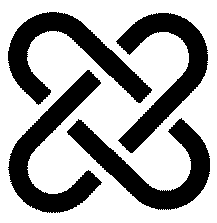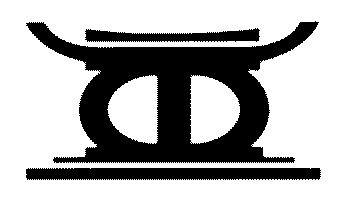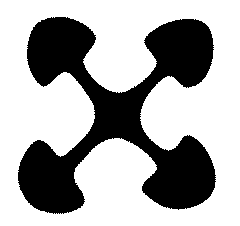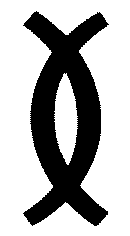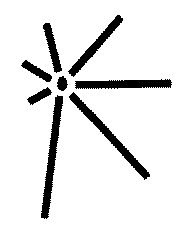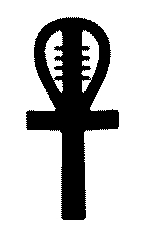So you heard about this Black Holiday thing called Kwanzaa and you want to find out more.
Well settle down and I'll do my best to answer all the questions you may have.
ORIGINS
Kwanzaa is a Pan African holiday celebrated primarily in the United States by African Americans, but also by many diasporans across the globe.
Kwanzaa encompasses a cultural message that reflects the best of African thought and practice. It is intended to inspire debate and communication.
CONCEPTS
Nguzo Saba (The Seven Principles):
Umoja (Unity)
To strive for and maintain unity in the family, community, nation, and race.
Dagi knot - a Pan African symbol of unity found in several African cultures, i.e., Yoruba, Hausa, Bushongo, etc.
Kujichagulia (Self-Determination)
To define ourselves, name ourselves, create for ourselves and speak for ourselves.
Ahenwa - The Akan throne, symbol of national identity, cultural groundedness and rightful governance
Ujima (Collective Work and Responsibility)
To build and maintain our community together and make our brother's and sister's problems our problems and to solve them together.
Akoma ntoaso - the Adinkra symbol of shared effort and obligation
Ujamaa (Cooperative Economics)
To build and maintain our own stores, shops and other businesses and to profit from them together.
Two interlocking half circles - the Nsibidi symbol of togetherness and family
Nia (Purpose)
To make our collective vocation the building and developing of our community in order to restore our people to their traditional greatness.
The heiroglyph Nefer - Ancient Egyptian symbol of beauty and good
Kuumba (Creativity)
To do always as much as we can, in the way we can, in order to leave our community more beautiful and beneficial than we inherited it.
The seven vibrations of divine creation - the Dogon symbol of creativity
Imani (Faith)
To believe with all our heart in our people, our parents, our teachers, our leaders and the righteousness and victory of our struggle.
The ancient Egyptian double symbol of the ankh (life) and djed pillar (stability, endurance) serves here as a symbol of steadfastness in commitment to the Good, the Right, and the Beautiful in life
VALUES
SYMBOLS
PRACTICES
During the holiday, families and communities organize activities around the Participants also celebrate with feasts (karamu), music, dance, poetry, narratives and end the holiday with a day dedicated to reflection and recommitment to The Seven Principles and other central cultural values.
Sources
https://www.officialkwanzaawebsite.org/
